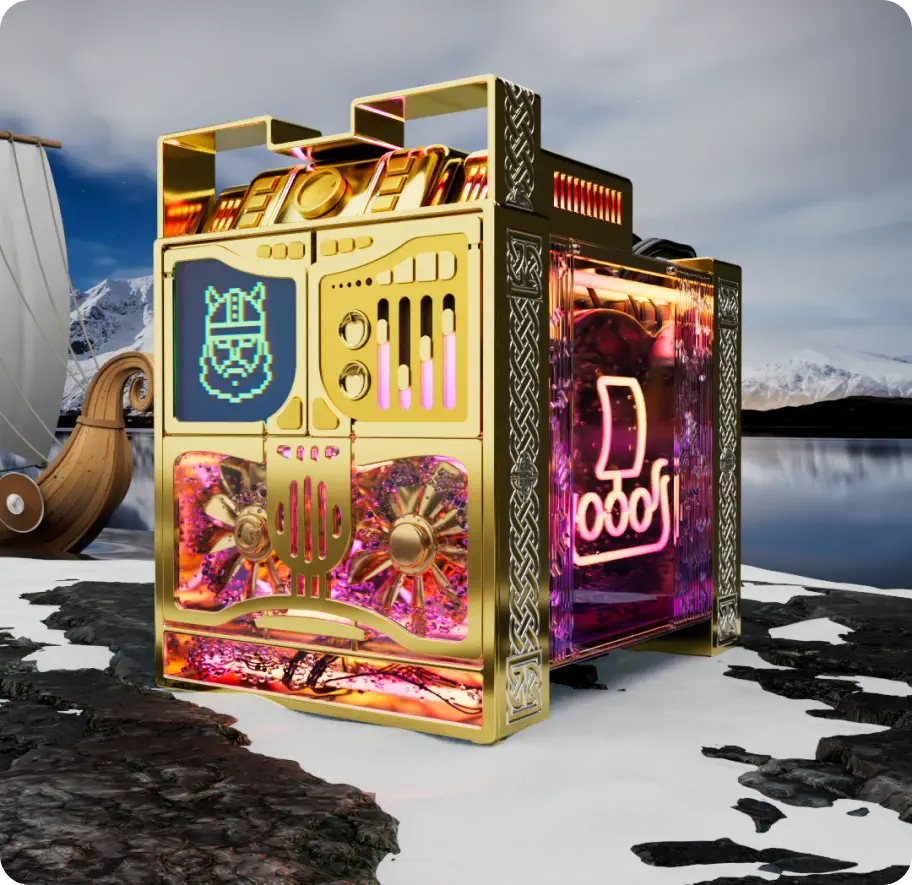
How The Hottest Planet In Our Solar System Still Has Ice Buildup
The planetary and sub-planetary bodies in our solar system have displayed all manner of surprising characteristics upon closer inspection. According to NASA, Saturn’s moon Titan is so cold that it supports large bodies of liquid methane and ethane, which may even result in sinkhole formation like on Earth. Meanwhile, there’s a theory that Saturn’s other moon, Enceladus, Jupiter’s moon Europa, and even the former planet Pluto (via Scientific American) are among many worlds that possess liquid oceans beneath their surfaces. Frozen water and methane, on the other hand, don’t typically stir the imagination.
Frozen water is relatively plentiful on Earth, while frozen hydrogen and methane is common to the previously mentioned ice worlds. Even Mars, a planet that has long lost any potential liquid water, has icy poles (via Smithsonian National Air and Space Museum). These frozen elements take on a unique quality, however, when it turns out that Venus, the hottest planet in the solar system, has an atmospheric layer that evidently rains frozen carbon dioxide (via zmescience).
The hottest planet in the solar system can support snow and hail
Despite being within the habitable zone, Venus experienced an extreme greenhouse effect billions of years ago, when heat was trapped as the atmosphere increased in thickness. Why this occurred is still debated, but the result was a planet where surface temperatures range from 820 to 900 degrees Fahrenheit (via weather.gov), as acid rain and volcanic activity constantly renew the surface. The Soviet Venera program found this out the hard way, as all four landers barely survived for over an hour before being destroyed by the pressure and temperature, reports The Planetary Society. Clearly this is not a place where anything cold can persist, yet frozen carbon dioxide may defiantly rain down as ice and snow anyway.
According to Dr. Arnaud Mahieux, the reason for this ice production might be the result of the planet’s extreme temperature differences as it slowly transitions between night and day (via ESA). A non-hot atmospheric layer existing on Venus isn’t quite so surprising on it’s own; it has been long accepted that the uppermost layers of the planets atmosphere are comparable to Earth in pressure and temperature (via another post by The Planetary Society). What remains baffling is that this ice-forming cold layer exists between two hotter layers, meaning at the very least that there is a long road ahead to discovering why this region, which is colder than any temperature on Earth, is able to exist.

The Real Reason Iridium Is More Valuable Than Gold

Here's Why Earth, Wind & Fire Sang About The 21st Of September

Was Bloody Mary Really England's Most Evil Queen?

These Were Jeffrey Dahmer's Bone-Chilling Final Words

The Truth About Motley Crue's First Sober Album

The Sad Death Of Muhammad Ali

The Truth About The Deadly Vaal Reefs Tragedy

This Is The Biggest Hammerhead Shark Ever Caught On Camera

The Devastating Truth About Anne, Queen Of Great Britain's Children

What Happens To The Pope's Ring When He Dies?























